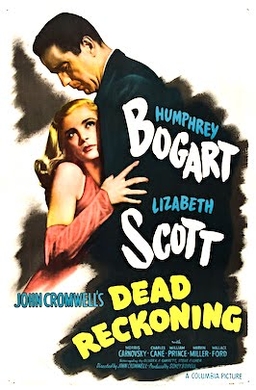
Dead Reckoning is a 1947 American film noir directed by John Cromwell and starring Humphrey Bogart, Lizabeth Scott, Morris Carnovsky, and William Prince. It was written by Steve Fisher and Oliver H.P. Garrett, based on a story by Gerald Drayson Adams and Sidney Biddell, adapted by Allen Rivkin. Its plot follows a war hero, Warren Murdock (Bogart) who begins investigating the death of his friend and fellow soldier, Johnny Drake (Prince). The investigation leads Murdock to his friend's mistress, a mysterious woman whose husband Drake was accused of murdering.

Hell Is a City is a 1960 British crime thriller film starring Stanley Baker, based on the 1954 novel of the same title by Maurice Procter.

Stolen Face is a 1952 British film noir directed by Terence Fisher and starring Paul Henreid, Lizabeth Scott and André Morell. A plastic surgeon falls in love with a pianist, but she is engaged to someone else, so he remodels the face of ex-convict to resemble the pianist, and marries her.

Seven Days to Noon is a 1950 British political thriller film directed by John and Roy Boulting and starring Barry Jones.

The Ship That Died of Shame, released in the United States as PT Raiders, is a black-and-white 1955 Ealing Studios crime film directed by Basil Dearden and starring Richard Attenborough, George Baker, Bill Owen and Virginia McKenna.

Who Done It? is a 1956 British slapstick black and white comedy crime film directed by Basil Dearden and starring Benny Hill, Belinda Lee, David Kossoff, Garry Marsh, and George Margo. One of the last Ealing comedies, it was Hill's film debut.
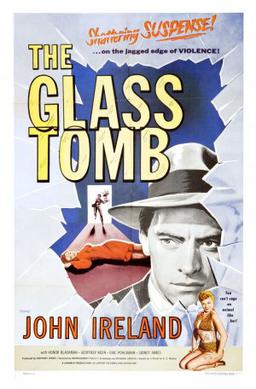
The Glass Cage is a 1955 British second feature mystery film, directed by Montgomery Tully and starring John Ireland, Honor Blackman and Sid James. It was made by Hammer Film Productions. The film is based on the novel The Outsiders by A.E. Martin.
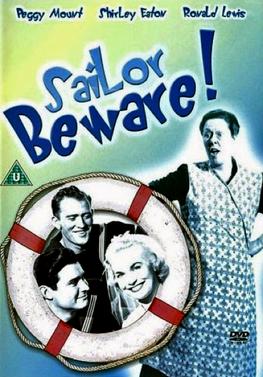
Sailor Beware! is a 1956 British comedy film directed by Gordon Parry and starring Peggy Mount, Shirley Eaton and Ronald Lewis. It was released in the United States by Distributors Corporation of America in 1957 as Panic in the Parlor.
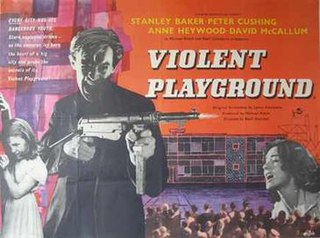
Violent Playground is a black and white 1958 British film directed by Basil Dearden and starring Stanley Baker, Peter Cushing, and David McCallum. The film, which deals with the genre of juvenile delinquent, has an explicit social agenda. It owes much to U.S. films of a similar genre.

Dancing with Crime is a 1947 British film noir film directed by John Paddy Carstairs, starring Richard Attenborough, Barry K. Barnes and Sheila Sim. A man hunts down the killer of his lifelong friend.

Piccadilly Incident is a 1946 British drama film directed by Herbert Wilcox and starring Anna Neagle, Michael Wilding, Coral Browne, Edward Rigby and Leslie Dwyer.

Your Witness is a 1950 British drama film directed by and starring Robert Montgomery, Leslie Banks, Felix Aylmer and Andrew Cruickshank. It was released in the U.S. as Eye Witness.

As Long as They're Happy is a 1955 British musical comedy film directed by J. Lee Thompson and starring Jack Buchanan, Susan Stephen and Diana Dors. It is based on the 1953 play of the same name by Vernon Sylvaine. It was shot in Eastmancolor at Pinewood Studios near London with sets designed by the art director Michael Stringer.

Manuela is a 1957 British drama film directed by Guy Hamilton, starring Trevor Howard and Elsa Martinelli.
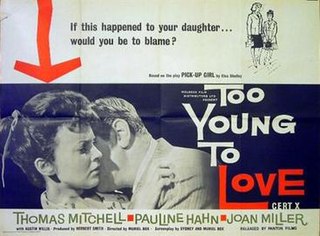
Too Young to Love is a 1959 British drama film set in New York. It was directed by Muriel Box and starring Pauline Hahn, Joan Miller, and Austin Willis. It was based on the play Pickup Girl by Elsa Shelley. An adaptation of the story was broadcast on British TV on 6 December 1957 in the ITV Television Playhouse series.

Child in the House is a 1956 British drama film directed by Cy Endfield and starring Phyllis Calvert, Eric Portman and Stanley Baker. It is based on the novel A Child in the House by Janet McNeill. A girl struggles to cope with her uncaring relatives.
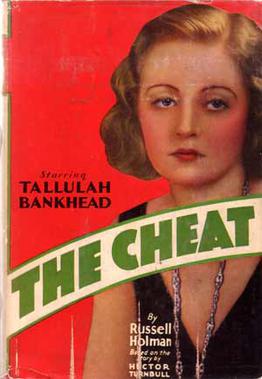
The Cheat is a 1931 American pre-Code drama film directed by George Abbott and starring Tallulah Bankhead and Harvey Stephens. The film is a remake of the 1915 silent film of the same title, directed by Cecil B. DeMille.
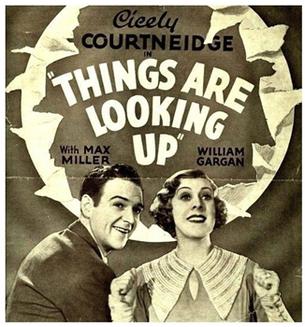
Things Are Looking Up is a 1935 British musical comedy film directed by Albert de Courville, produced by Michael Balcon for Gaumont British and starring Cicely Courtneidge, Max Miller and William Gargan. It was made at Islington Studios by British Gaumont, an affiliate of Gainsborough Pictures. The film's sets were designed by Alex Vetchinsky. The film was distributed by Gaumont British Distributors.

Great Stagecoach Robbery is a 1945 American Western film directed by Howard Bretherton starring Wild Bill Elliott in the role of Red Ryder and costarring as Little Beaver, actor (Bobby) Robert Blake. It was the sixth of twenty-three Red Ryder feature films that would be produced by Republic Pictures. The picture was shot on the studio's back lot along with outdoor locations at Iverson Ranch, 1 Iverson Lane, Chatsworth, Los Angeles, CA, USA.
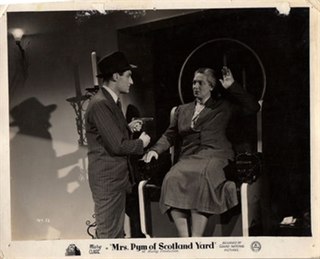
Mrs. Pym of Scotland Yard is a 1939 British comedy-drama film directed by Fred Elles starring Mary Clare in her only title role and Nigel Patrick in his film debut. It is based on the Mrs Pym novels by Nigel Morland, and written by Morland, who re-used the title for a 1946 book.




















